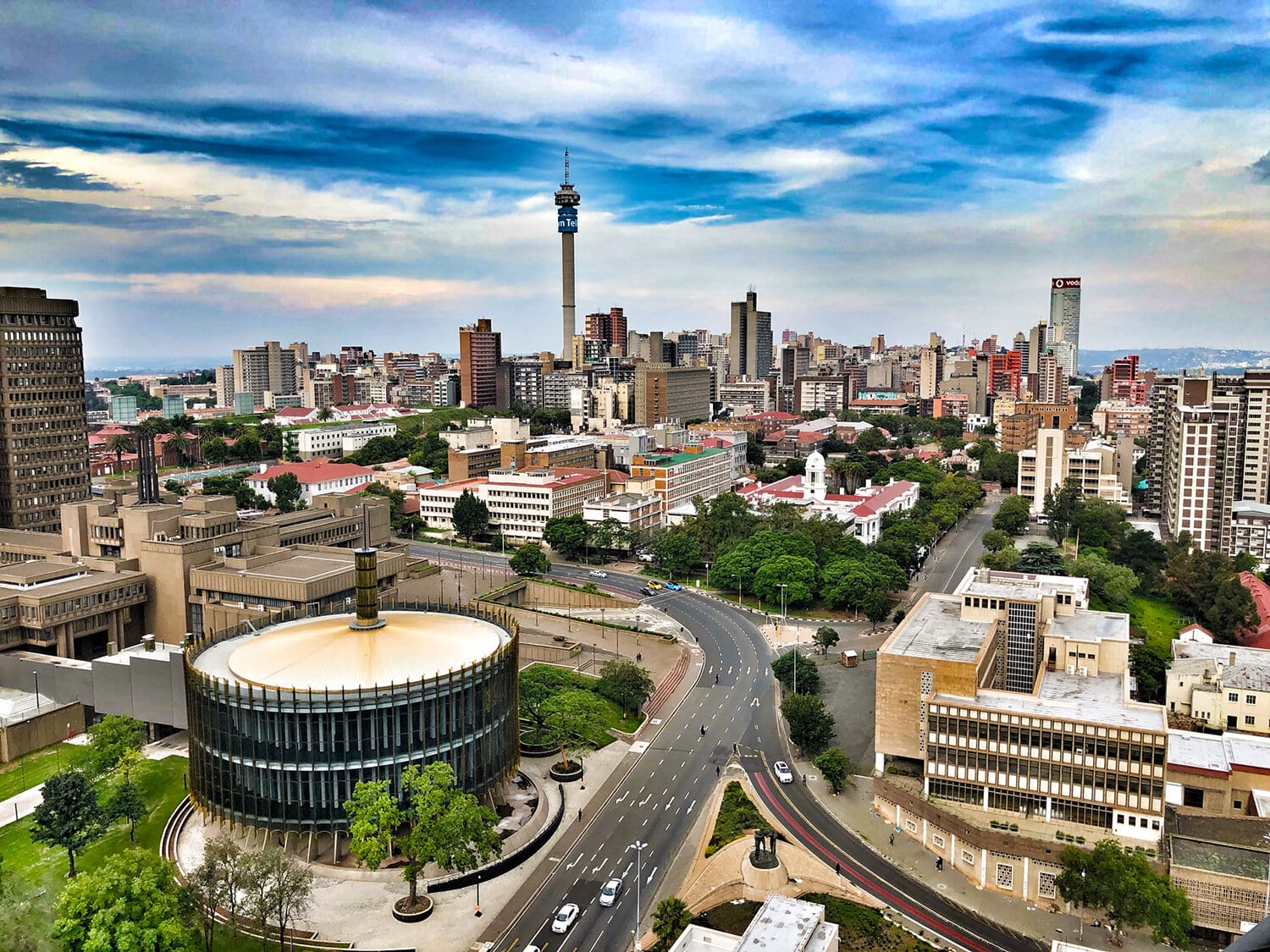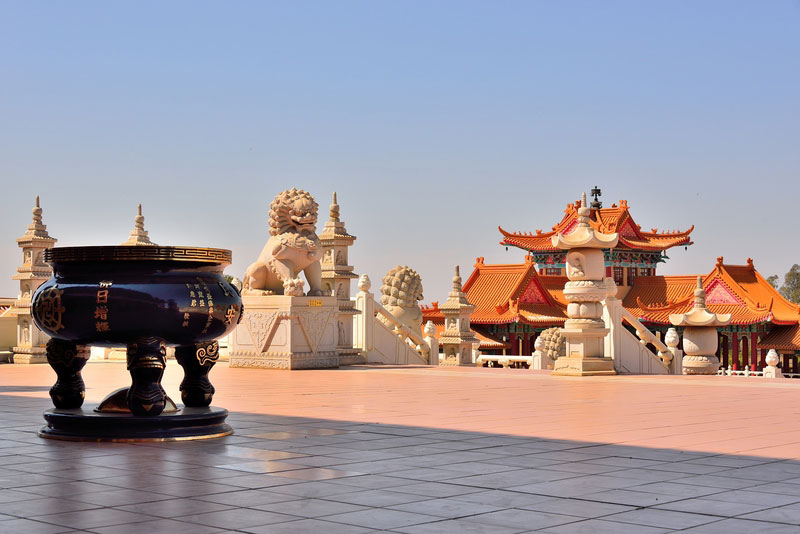A Biased View of Johannesburg North Attractions
A Biased View of Johannesburg North Attractions
Blog Article
See This Report about Johannesburg North Attractions
Table of ContentsSome Known Facts About Johannesburg North Attractions.Getting My Johannesburg North Attractions To WorkThe Main Principles Of Johannesburg North Attractions Facts About Johannesburg North Attractions RevealedThe Definitive Guide to Johannesburg North AttractionsWhat Does Johannesburg North Attractions Mean?Getting The Johannesburg North Attractions To Work
Nonetheless you need to keep protection in mind and visitors should stay alert in any way times when in unfamiliar surroundings. Speak with the locals when you are in community to locate out regarding the location you are remaining in. Johannesburg North attractions. When on the street (this does not put on shopping center and various other secure atmospheres) finest general guidance is to try your ideal to resemble a neighborhood and to prevent presenting any type of type of riches
Getting The Johannesburg North Attractions To Work
Teacher Revil Mason O. J. (Thomson, 1946) explored the Witwatersrand's pre-colonial history. His archaeological job took off the 'em pty land' myth, according to which the region was devoid of human habitation before the arrival of European inhabitants. In his magazines Prehistory of the Transvaal: A Record of Human Activity (1962) and Origins of Black People of Johannesburg and the Southern Western Central Transvaal Advertisement 3501880 (1986 ), Teacher Mason demonstrated the level of social and financial development in the location prior to Europeans set foot right here.

How Johannesburg North Attractions can Save You Time, Stress, and Money.
In 1878, David Wardrop discovered gold in quartz veins at Zwartkop, north of Krugersdorp. In 1881, Stephanus Minnaar came across gold on the farm Kromdraai, near the Cradle of Mankind.
In March 1886, an outcropping (soon to be called the Key Reef) was found, rather fortuitously, on Gerhardus Oosthuizen's farm Langlaagte. Some claim that the Lancastrian coal miner George Walker found this reef. One more itinerant English miner, George Harrison (who had actually formerly worked in Australian mines) gotten a prospecting permit in regard of Langlaagte in May 1886.
He made a decision to carry on in a mission for greener fields, and disposed of his Langlaagte insurance claim for the princely amount of 10. Alas: below lay the wealthiest goldfield ever before found. The discovery of this abundant auriferous coral reef prompted a gold rush that signalled the end of bucolic tranquillity in the southerly Transvaal.
It would, within 6 years, end up being the biggest town in southerly Africa. Within a decade, it would certainly make the Z. A. R. up until then an anarchical and insolvent little state the wealthiest nation in Africa. By the millenium, the Z. A. R. was to go beyond Russia, Australia and the USA of America to end up being the world's leading gold manufacturer, generating more than a quarter of the world's gold.
See This Report about Johannesburg North Attractions
It was called Ferreira's Camp, named after Colonel Ignatius Ferreira. He was a Boer adventurer upon whom the British authorities had actually presented the standing of Friend of the Many Distinguished Order of St Michael and St George (qualifying him to the post-nominal letters C. M. G.) in gratitude for his role in the battle that had actually deposed the Pedi king Sekhukhune in 1879.
Quickly the camp was bristling with outdoors tents and wagons as novices showed up daily from everywhere. By September 1886, some 400 individuals resided in Ferreira's Camp, which soon boasted upreared iron and timber buildings. Two other camps were developed: Meyer's Camp on the farm Doornfontein, and Paarl Camp. The latter was nicknamed Afrikander Camp; lots of people from the Cape Colony worked out there.

The Only Guide to Johannesburg North Attractions
This name gained currency by word of mouth, such that the State Secretary affirmed the name to the Mining Commissioner on 9 October 1886. Stands in the town were auctioned on 8 December 1886. While some stands were cost 10, others were torn down for as low as sixpence.
2 years later, these erven were to Full Report transform hands for as long as 750 each. The tented camps decreased as a dorp of corrugated iron structures established and expanded north of the mines situated along the Main Coral Reef Roadway. Areas such as Jeppe's Community (where working-class immigrants erected their houses) and Doornfontein (where the wealthy new 'Randlords' started to create their like it extravagant homes) were quickly added to the ever-expanding map of the town.
The Single Strategy To Use For Johannesburg North Attractions
Aside from the street names, there were no indications of Johannesburg being positioned in a Dutch-speaking nation. Years later, C. W. Kearns O. J. (among the first young boys enlisted at St John's College in 1898) would certainly recall: 'An odd fact about Johannesburg was that, although it was in the [Boer Republic], virtually everyone spoke English and also the Federal government slaves addressed one in English, unless they were first dealt with in the Taal (or Low Dutch)'.
Britain had an interest in guaranteeing ideal conditions for gold manufacturing on the Witwatersrand, and that the gold was exported to London instead than Berlin an important made all the much more clamant by the Z. A. R.'s increasing toenadering with Germany. Mine owners got on a clash with Head of state Kruger, whose plan of monopolistic concessions (usually given to his cronies) stopped mining firms from procuring supplies of products (especially dynamite) and work by themselves, more affordable terms
Top Guidelines Of Johannesburg North Attractions
In 1890, the Volksraad had actually limited the franchise business to white males who had lived in the Z. A. R. for fourteen years or longer, therefore disqualifying most of the immigrants (who occurred you could try these out to be the major factors to the fiscus). However, anxiety for the vote was a mere pretense for promoting a different program; many uitlanders regarded themselves as short-lived visitors and had no purpose of continuing to be in the Z.
Report this page